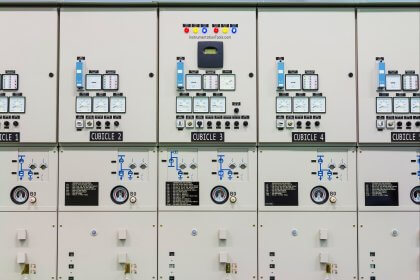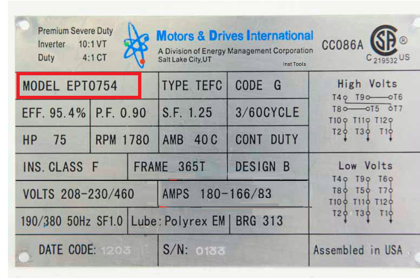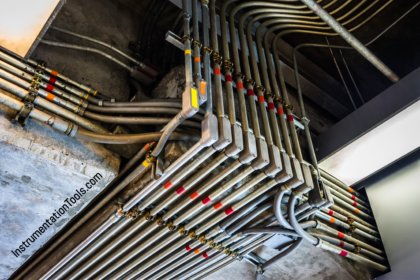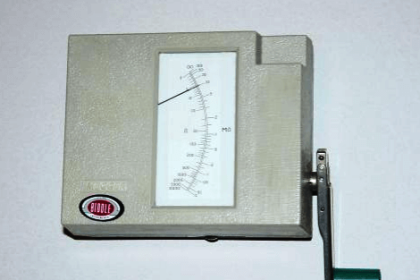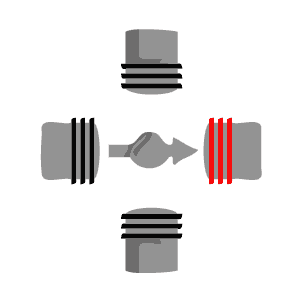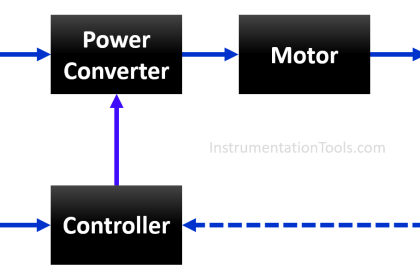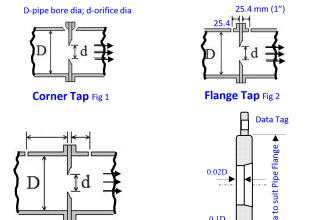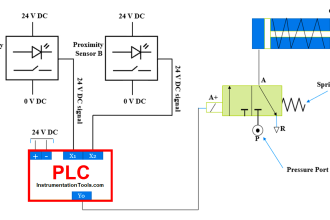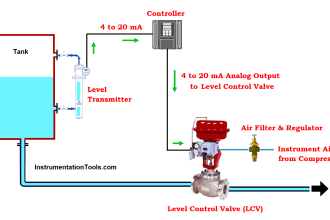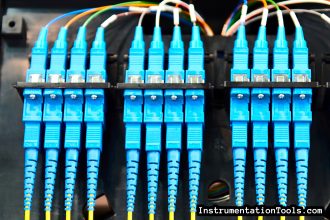In this post, we will learn the difference between overcurrent and overload.
There are so many concepts in an electrical circuit that one often gets confused with their names. Many terms have similar meanings.
One needs to just understand its basic meaning. When we are talking about this, two terms that are often co-related with each other are – overload and over-current.
Difference Between Overcurrent and Overload
Often, engineers get confused on both these terms. They consider both of them as equal. But, it is not like that.
Though they have many similarities, it is also true that they have some differences too. They are not exactly the same. In this post, we will see the difference between overload and over-current.

What is Overcurrent?
As the name suggests, it is a condition where the current flows in the circuit in excess quantity. Normally, when a fault occurs, a current is diverted to an undesired path because of failure of insulation or other abnormal conditions. The current drawn from such a line is also called an overcurrent. Every device has its rated current ratings. When this current is exceeded, it is called overcurrent.
Overcurrent is caused by numerous conditions. A short circuit is the common cause of overcurrent. When two phase wires or phase and neutral wires come in contact with each other, a short circuit occurs. A short circuit has a very low resistance path; so, a large amount of current flows through the device and damages it.
Another reason is the ground fault current. In a normal circuit, line and neutral currents will always be equal and balanced. But, whenever there is an earth leakage, as the leakage current flows through the earth, there will be an imbalance in both these currents as the line current will be higher than the neutral current. This difference in current is called residual current.
Also, ground fault can be defined when a ground wire comes in contact with the conducting wire. Both these conditions can create arc or spark; and can endanger the personnel or surrounding nearby.
What is Overload?
If you see the previous section where we discussed how overcurrent occurs, it must also be noted that overload too is a factor in causing overcurrent.
So, basically, overload is a sub-category of overcurrent. When you are connecting a load that takes the total load rating to a higher level than the rated total, then it will cause overload.
This means, that for a 12A MCB, if you are connecting devices that will draw a current of up to 16A, then it means you are overloading the MCB. This will cause a large amount of extra current (over current) to flow and will trip the MCB. So, overload is also a condition that causes overcurrent.
Differences
This is the difference between overload and overcurrent. Overcurrent can occur through any factor, and overload is one such factor. So, you can say that the overload category comes under the overcurrent category.
In this way, we understand the difference between overload and overcurrent.
